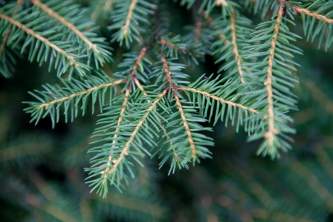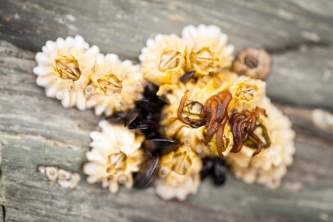Setting Up Camp
Always tie up your kayaks to shoreline trees or large rocks. You can find the high-water mark by paying attention to driftwood, seaweed, tidal pools or the freshest algae line. Secure your gear with the high tide in mind. Turn your kayak parallel to the water and roll it upside down. It’s better to have your boat fill with water and sink with the tide than to be floating around banging into things. Pay attention to the forecast as storms and nasty weather can raise the tide well above the normal level.
Kitchen
Cook below the high-water mark so the next high tide will wash away your crumbs. Wash your dishes in salt water with bio-degradable soap. Cook down-wind from camp and don’t sleep in your cooking clothes. Secure food in bear-safe canisters and pack out all trash and food scraps (no burning it). Make a habit of securing all loose items with rocks, or in containers, to avoid the wind blowing trash and packaging materials into the water.
Water
Guide services operating in PWS recommend purifying all drinking water with water-purifying pumps or iodine tablets. You can’t really count on finding water at camp so get it when you can. If you see a good water source you should make the time to fill up. If you can store enough water to get you through a night you shouldn’t have any problems. Guide services recommend carrying a 2.5 to 5-gallon water bladder between your legs. This gives you security of having enough, and it won’t bounce or become unbalanced.
Toilet
Locals recently removed 1300-1500 pounds of fecal matter from Western Prince William Sound in one season. It’s getting to the point where people need to start hauling out their crap. Wag Bags are biodegradable, puncture-resistant human-waste bags. They contain powders that gel liquids, quicken decay, and gets rid of odors. The Forest Service office in Girdwood provides wag-bags for non-commercial kayaking groups (907-783-3242). You can also buy wag-bags by the dozen at some sporting stores, or on-line.
If going the old-fashioned way, the standard is to dig a 12-inch hole at least 500 feet from any creek or water source. Get as far away as possible from camp or your drinking water and either burn your paper in the hole, or take it home with you.
In areas of extreme tidal ‘flushing’ you can dig your hole as far as possible below the high-tide mark and cover up the hole with rocks.




